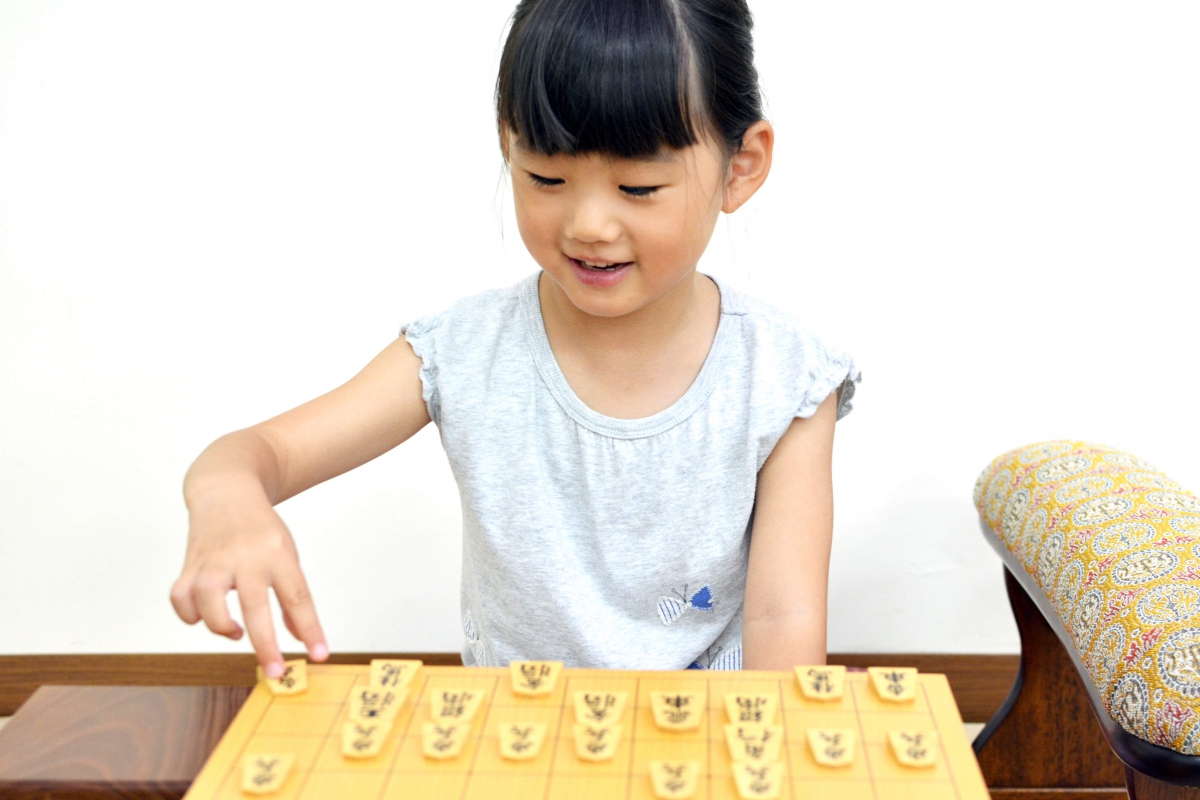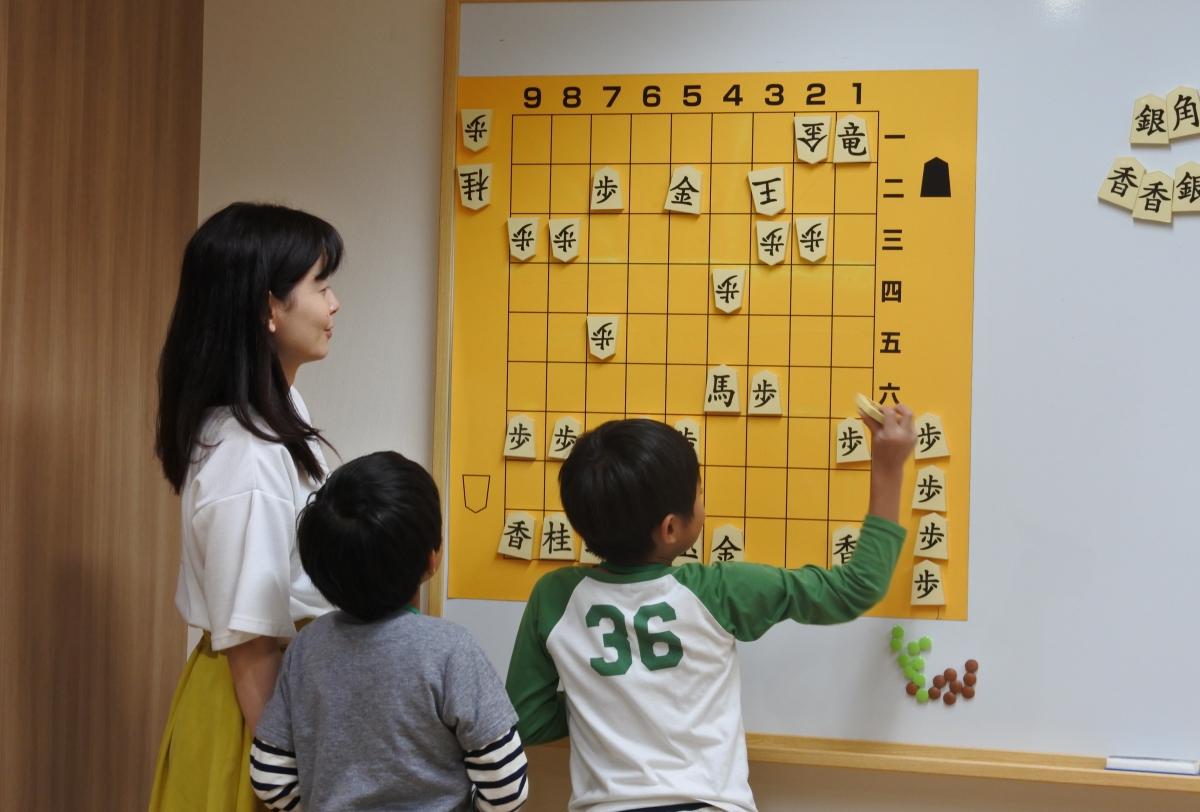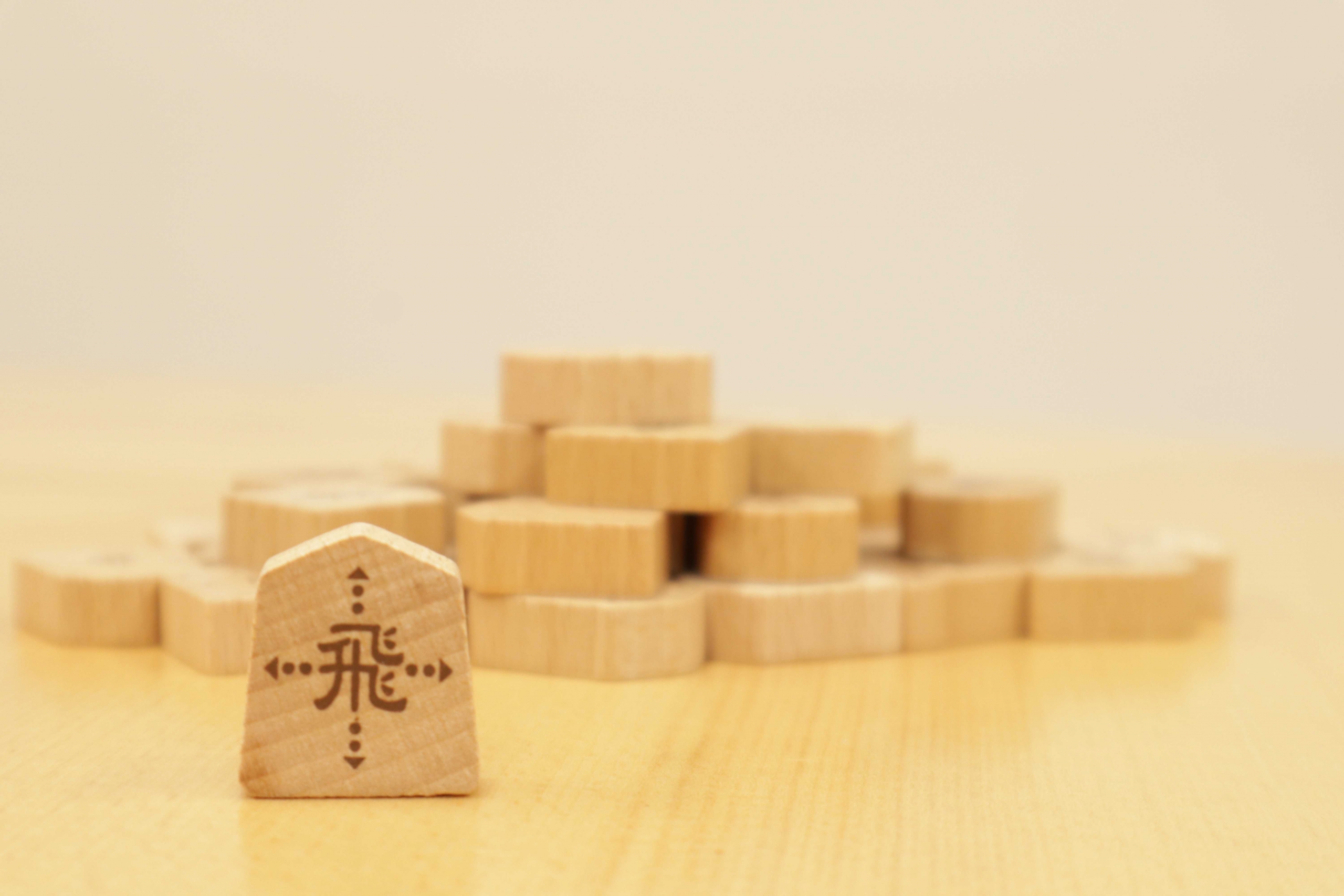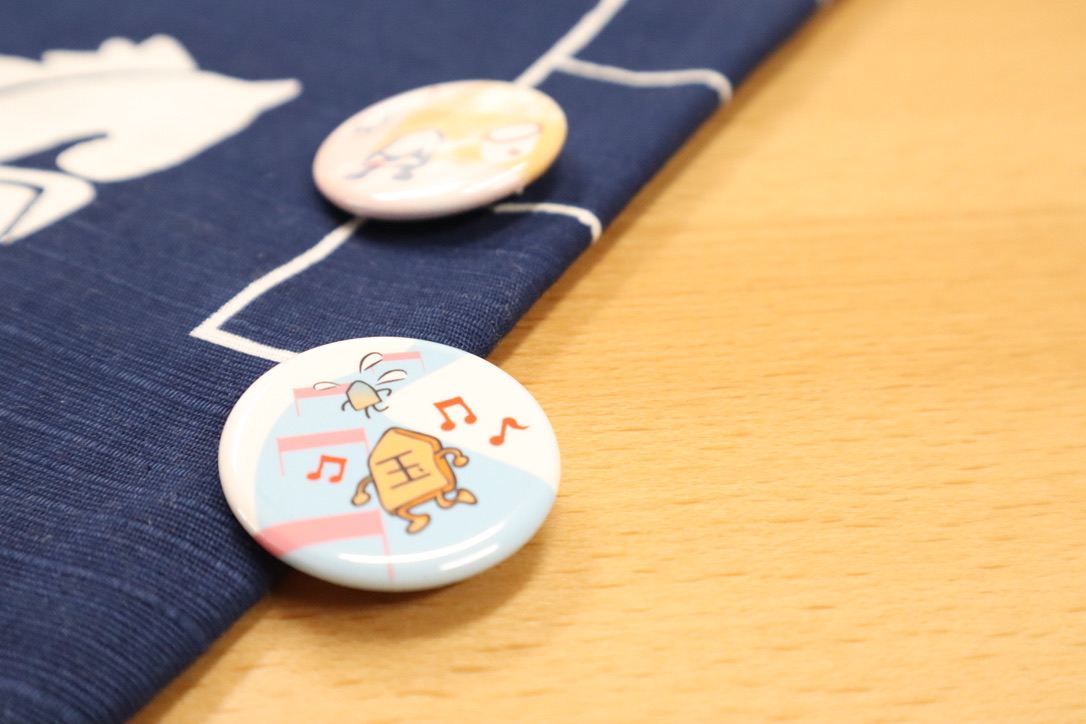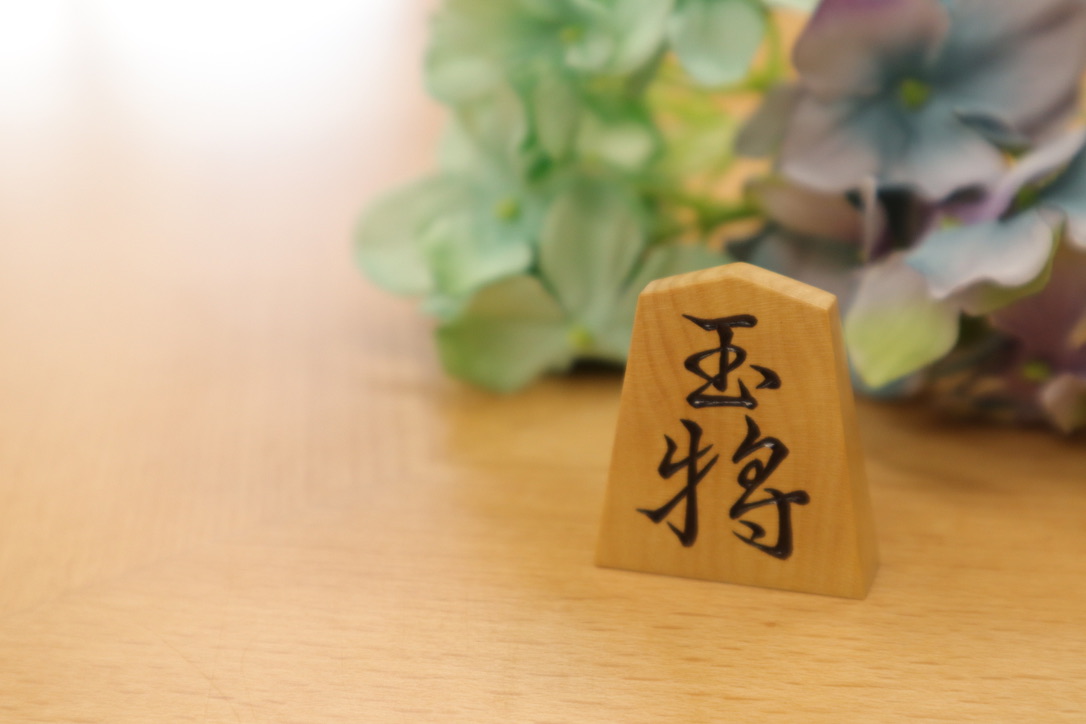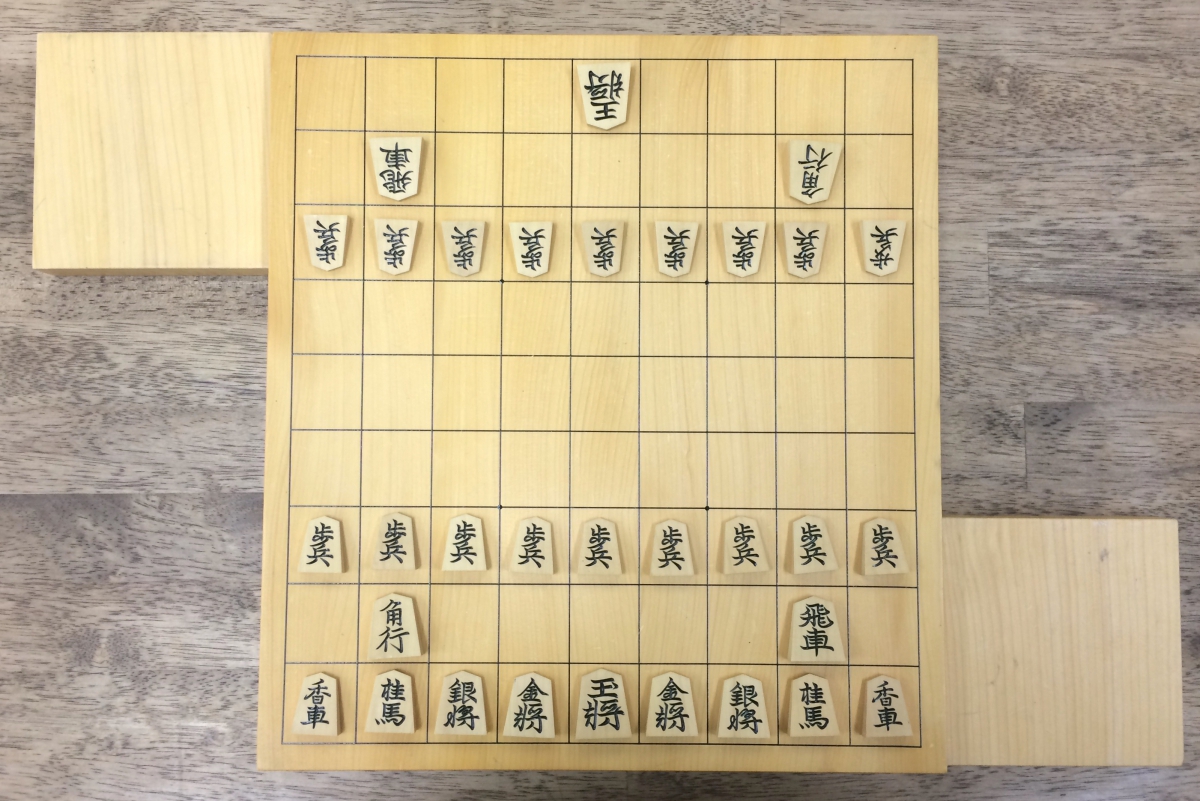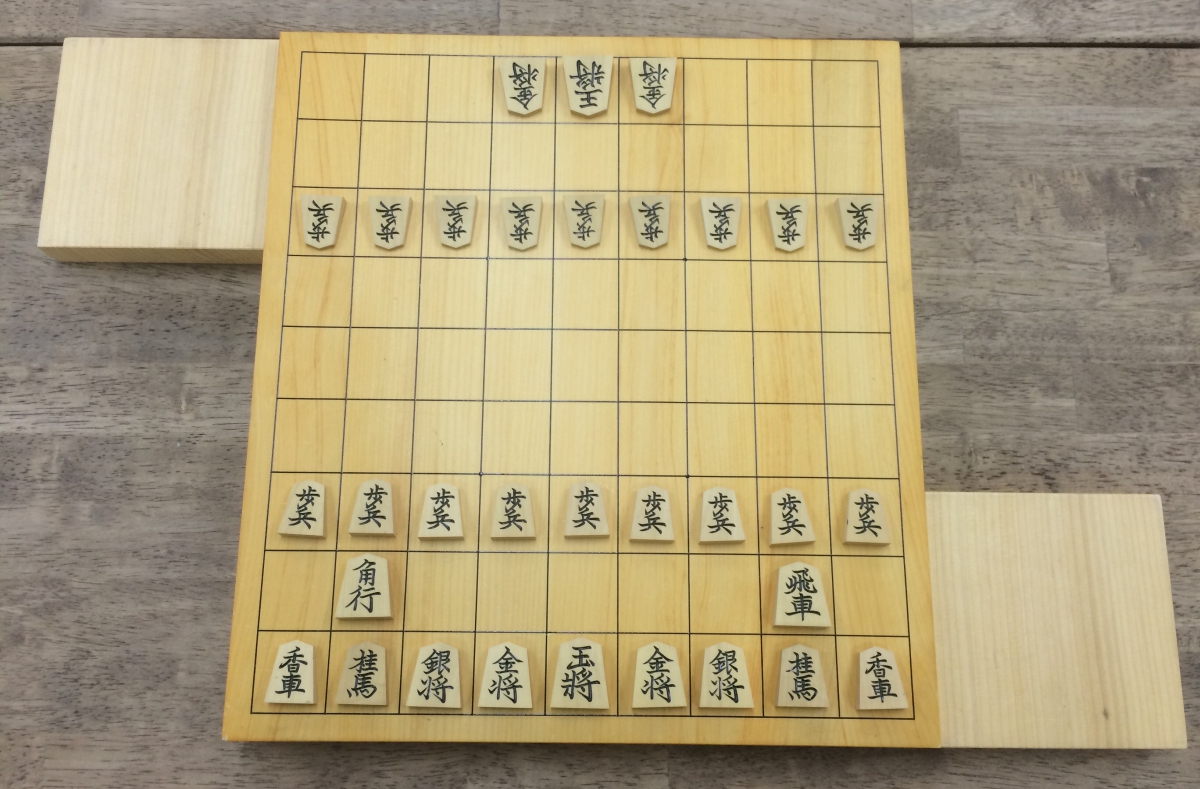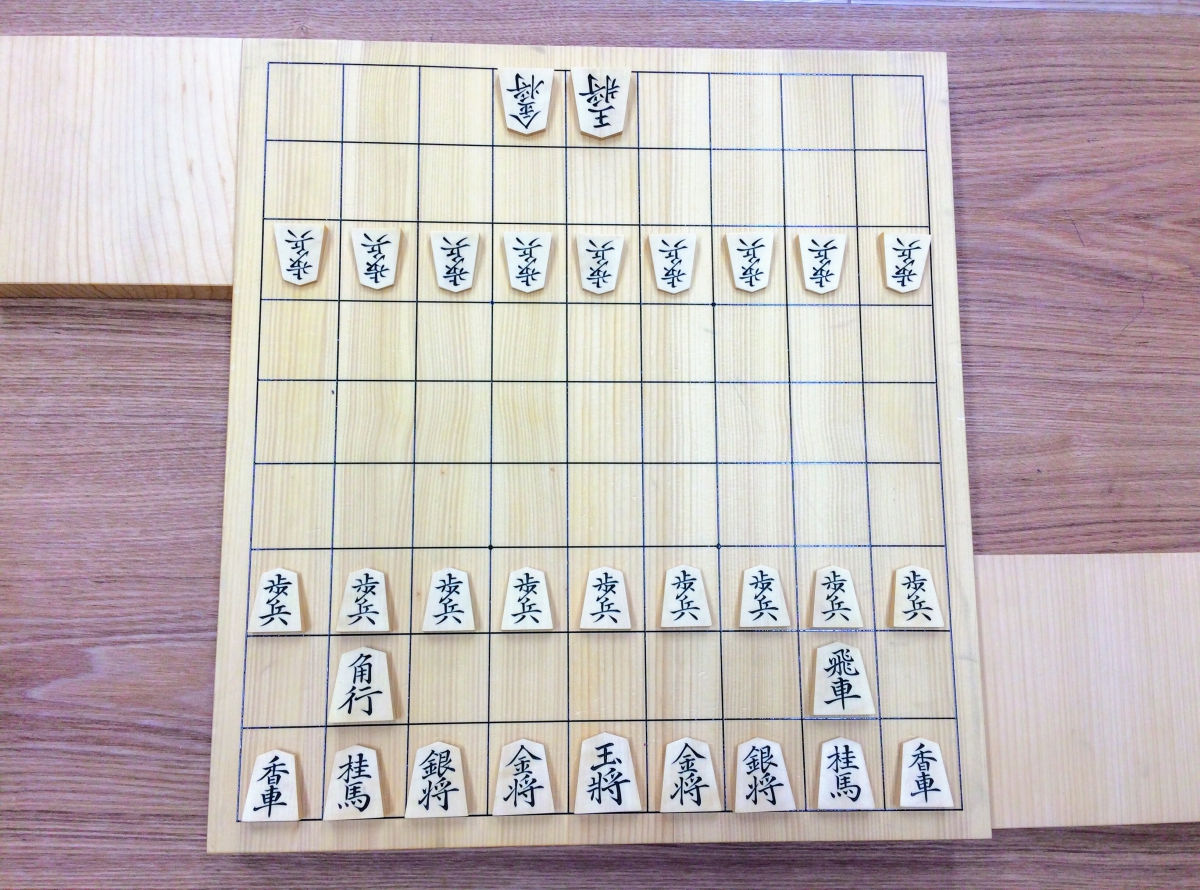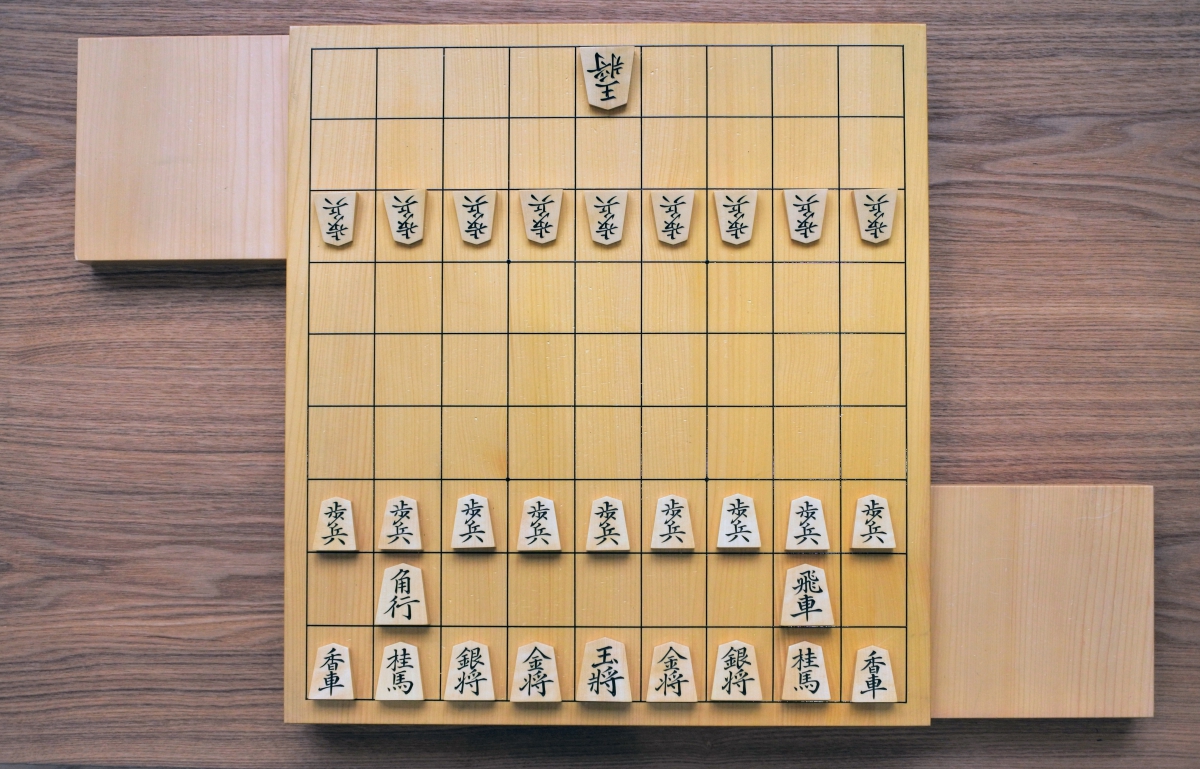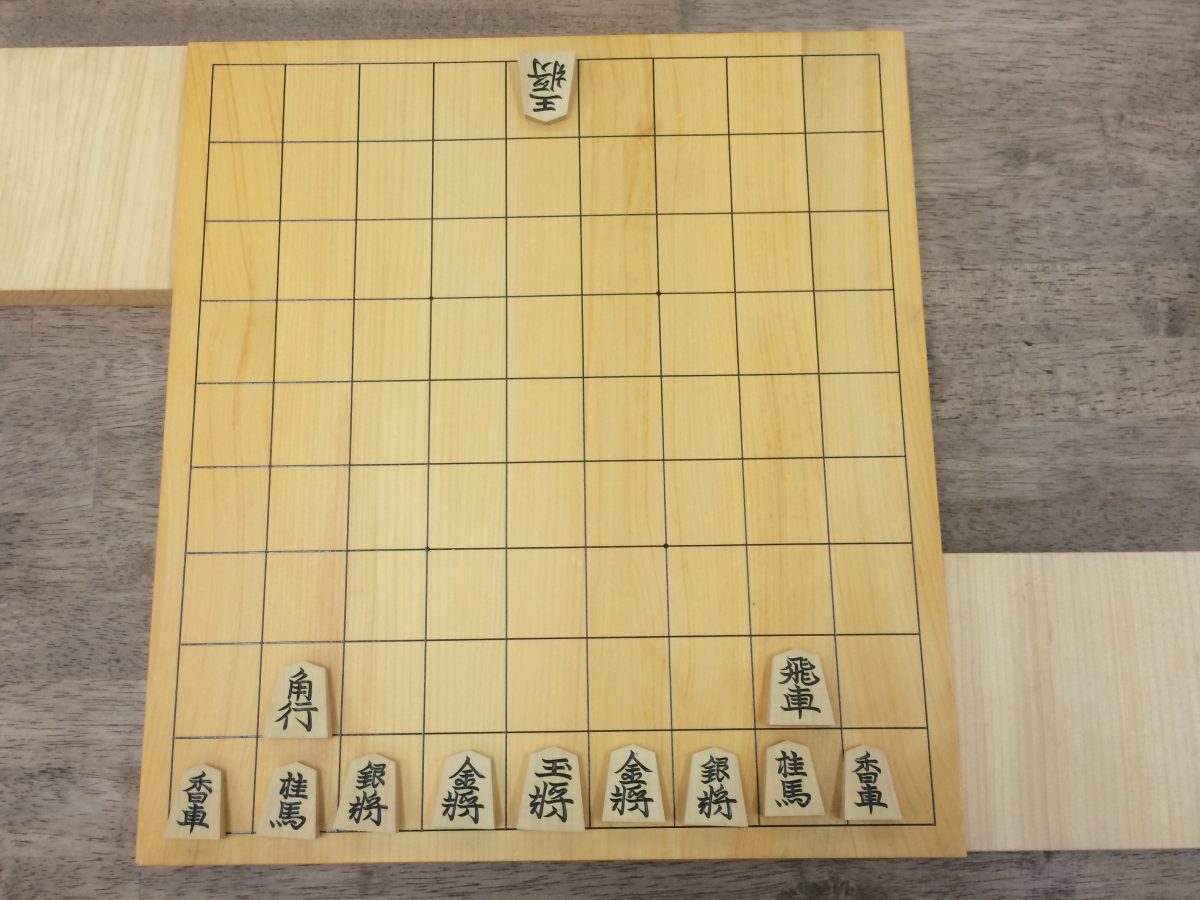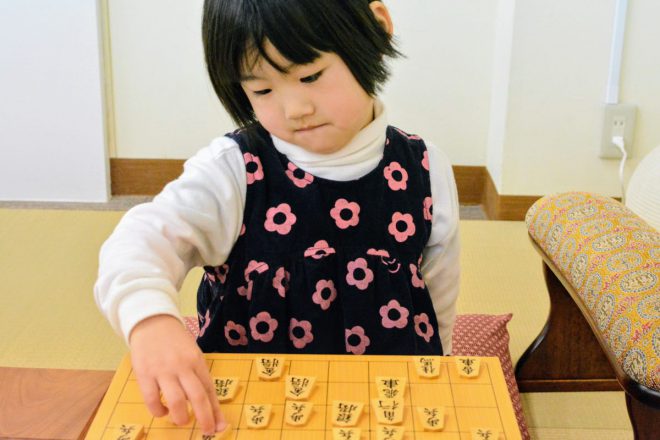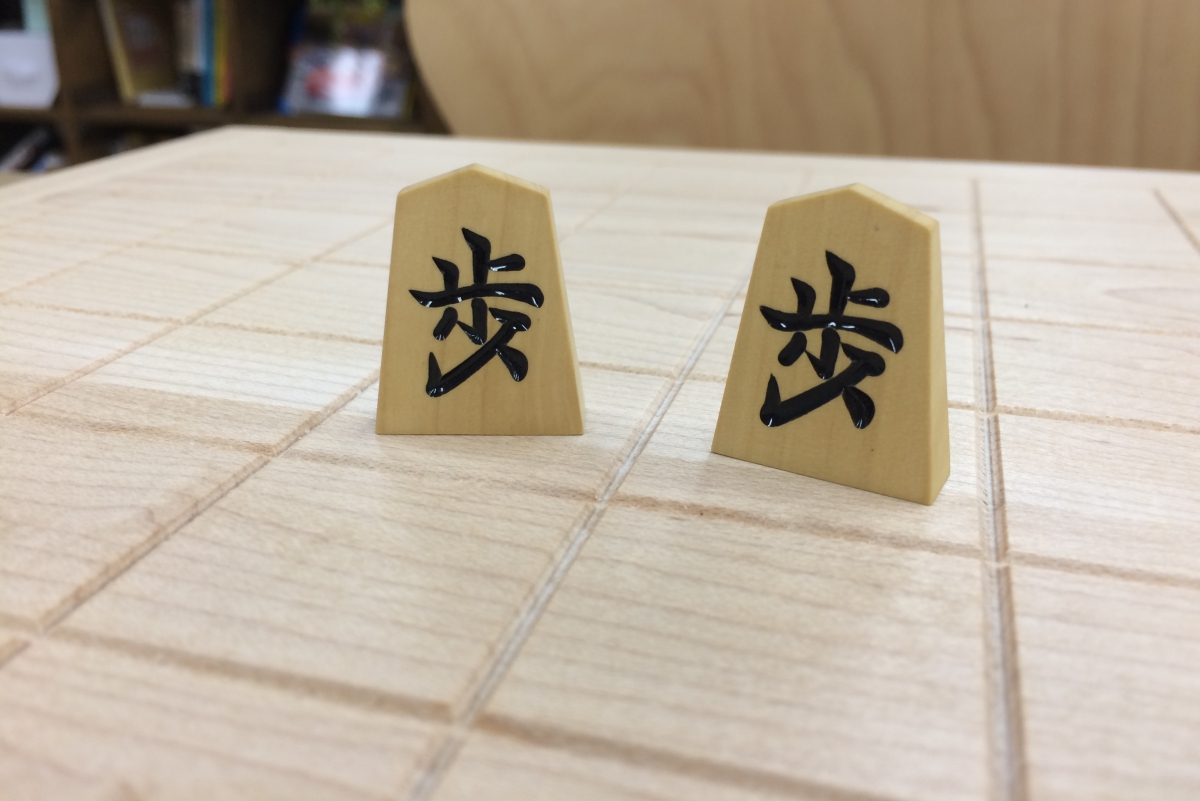I-tsu-tsu Blog
-
Ms. Akiko Nakakura Answers to Questions from Mothers Whose Children Attend Shogi Classes
It’s been almost one year and a half since we started “i-tsu-tsu Shogi classes”. In classes or events, I got many different questions from mothers whose children take Shogi lessons. To respond to them, I will make this article Q&A session. Q How to Practice at Home My child had a chance to learn Shogi at an after-school program and now enjoy it very much. Unfortunately, none of our family knows Shogi very well and can help her. I’m wondering how to study Shogi at home? Answer: “Mate problems, actual games, and replaying informative games” are the three major study methods to understand Shogi. To replay an informative game, a
Akiko Nakakura 24 March 2020
-
Things That Shogi Beginner Children Often Get Confused with: #8 Number Based Attack
*Please note that the Kanji numbers in pictures are spelled in English in the text. The following Shogi boards have a face with files (vertical rows) numbered 1 through 9, from right to left, and ranks (horizontal rows) designated with Kanji characters, “一” (One) to “九” (Nine), from top to bottom. On the other hand, in the text, each Kanji character is replaced with an alphabet, from “a” to “i” : “一” with “a”, “二” with “b”, … and “九” with ”i”. Let’s Review on What a “Number Based Attack” Is. Number based attack is one of necessary techniques required to become stronger, which is also one of the main
Akiko Nakakura 6 February 2020
-
Things That Shogi Beginner Children Often Get Confused with: #9 Tend to Use Only Hisha to Attack
*Please note that the Kanji numbers in pictures are spelled in English in the text. The following Shogi boards have a face with files (vertical rows) numbered 1 through 9, from right to left, and ranks (horizontal rows) designated with Kanji characters, “一” (One) to “九” (Nine), from top to bottom. On the other hand, in the text, each Kanji character is replaced with an alphabet, from “a” to “i”: “一” with “a”, “二” with “b”, … and “九” with ”i”. What Happened? I Can’t Attack… Hisha (Rook) is a popular piece with children because it moves a lot at a time and it’s easy to find a square to
Akiko Nakakura 29 January 2020
-
Things That Shogi Beginner Children Often Get Confused with: #7 Tend to Miss a Chance in Checking
*Please note that the Kanji numbers in pictures are spelled in English in the text. The following Shogi boards have a face with files (vertical rows) numbered 1 through 9, from right to left, and ranks (horizontal rows) designated with Kanji characters, “一” (One) to “九” (Nine), from top to bottom. On the other hand, in the text, each Kanji character is replaced with an alphabet, from “a” to “i” : “一” with “a”, “二” with “b”, … and “九” with ”i”. The More You Chase, the More Gyoku (King) Runs Away. You will win a game by capturing your opponent’s Gyoku (King). Knowing that, many Shogi beginners are often
Akiko Nakakura 26 August 2019
-
Things That Shogi Beginner Children Often Get Confused with: #6 Tend Not to Move Gyoku
*Please note that the Kanji numbers in pictures are spelled in English in the text. The following Shogi boards have a face with files (vertical rows) numbered 1 through 9, from right to left, and ranks (horizontal rows) designated with Kanji characters, “一” (One) to “九” (Nine), from top to bottom. On the other hand, in the text, each Kanji character is replaced with an alphabet, from “a” to “i” : “一” with “a”, “二” with “b”, … and “九” with ”i”. “I Won a Game without Moving Gyoku!” “I won a game without moving Gyoku (King)!”I heard this often from a child who won a game. When I first
Akiko Nakakura 27 July 2019
-
Bible of Handicap Game –Special Episode “Tombo” (Ibisha)–
A series of articles named “Bible of Handicap Game” provides you a good knowledge of learning points and goals in several types of handicap games, Koma Ochi. In this special episode, you are learning a Tombo, or dragonfly, handicap. In a Tomobo handicap situation, a handicap giver has Fu (Pawn), Hi (Rook) and Kaku (Bishop) other than Ou (King). The formation is similar to the shape of a dragonfly and this handicap is called Tombo. Tomobo is challenging for Shogi beginners when they play with an instructor, since the instructor is going to have two major pieces, Hi (Rook) and Kaku (Bishop). Students who learn Shogi at i-tsu-tsu Motomachi classes named
Akiko Nakakura 27 June 2019
-
Bible of Handicap Game –8 Pieces Dropped–
A series of articles named “Bible of Handicap Game” provides you a good knowledge of learning points and goals in several types of handicap games, Koma Ochi. This is the fourth article, which deals with a 8-piece handicap. Koma Ochi refers to a handicap Shogi game. When players play a Koma Ochi game, a stronger player drops his/her own piece/pieces. The number of dropped pieces depends on the difference in skills. The bigger the difference is, the more pieces the player drops. Originally, Koma Ochi was introduced to make a game more fun eliminating the skills gap. Learning Koma Ochi is also very effective to understand Shogi. Previous Related
Akiko Nakakura 17 June 2019
-
Bible of Handicap Game –9 Pieces Dropped–
A series of articles named “Bible of Handicap Game” provides you a good knowledge of learning points and goals in several types of handicap games, Koma Ochi. This is the third article, which deals with a 9-piece handicap. Koma Ochi refers to a handicap Shogi game. When players play a Koma Ochi game, a stronger player drops his/her own piece/pieces. The number of dropped pieces depends on the difference in skills. The bigger the difference is, the more pieces the player drops. Originally, Koma Ochi was introduced to make a game more fun eliminating the skills gap. Learning Koma Ochi is also very effective to understand Shogi. Previous Related
Akiko Nakakura 24 May 2019
-
Bible of Handicap Game –10 Pieces Dropped–
Koma Ochi refers to a handicap Shogi game. When players play a Koma Ochi game, a stronger player drops his/her own piece/pieces. The number of dropped pieces depends on the difference in skills. The bigger the difference is, the more pieces the player drops. Originally, Koma Ochi was introduced to make a game more fun eliminating the skills gap. Learning Koma Ochi is also very effective to understand Shogi. We have created a series of articles, which is named “Bible of Handicap Game”. There are several types of Koma Ochi differed by the number of dropped pieces, 10 pieces, 9 pieces, etc. Each article deals with one type and
Akiko Nakakura 17 May 2019
-
Bible of Handicap Game –10 Pieces Dropped, without Fu (Pawn)–
A handicap game in Shogi is called Koma Ochi in Japanese. Either stronger player drops his/her own piece/pieces. The number of dropped pieces depends on the difference in skills. The bigger the difference is, the more pieces a player drop. Originally, Koma Ochi was introduced to make a game more fun eliminating the skills gap. Learning Koma ochi is also very effective to understand Shogi. Especially, it’s challenging for Shogi beginners to play Hirate, an even game, because there are too many pieces to pay attention to all. Meanwhile, when they play Koma Ochi, an opponent has dropped pieces, and this allows beginners to determine what weak points are or where
Akiko Nakakura 10 April 2019
-
Shogi Will Cultivate Children’s Patience
You might often hear children’s saying, “Mom, I can’t wait any more.” or “I’m waiting…”, etc. Inquisitive children tend to find it difficult to wait for something. Moms, actually, may wish they could take care of children, but they are just busy to cope with overloaded schedules and endless to-do lists. Supposedly, most moms think in their heads, “Wait a moment! I can’t handle things at once.” As a mother of three children, I’m always thinking what I should do to get my children be patient. I regard Shogi as a good material to create children’s patience. In Shogi, you are required to have patience. If you don’t have
Akiko Nakakura 8 April 2019
-
Things That Shogi Beginner Children Often Get Confused with: #4 Nifu (Doubled Fu)
Why Shogi Beginner Children Often Drop Fu as Nifu? Japanese Shogi terminology “Kinjite” means prohibited moves. The most frequent prohibited move is “Nifu”, or doubled Fu. It can be said that the mistake you may find the most during a game played by two beginner children is also Nifu. When an unpromoted Fu is already on a file, the player can’t drop another Fu on the same file. This is the principle of Nifu. It’s quite simple, but Shogi beginner children quite often break the rule. Whey? The other day, a five-year girl from a beginner’s class struggled with a problem below. The above picture shows the problem requires children
Akiko Nakakura 9 February 2019
If there is anything we can help you with,or you have any questions,
please do not hesitate to contact us.
